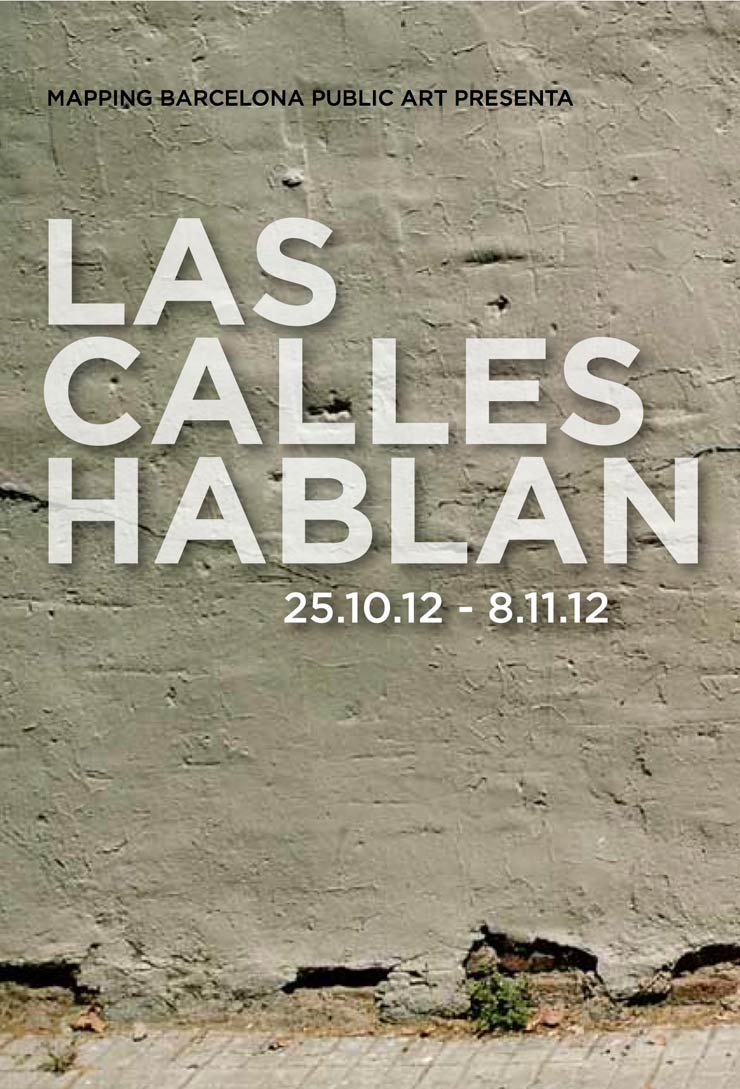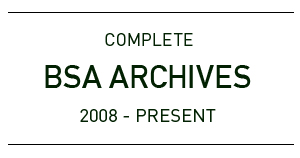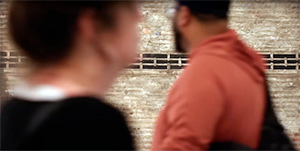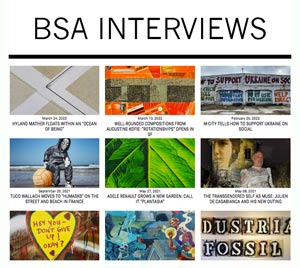Las Calles Hablan, the first exhibit by Mapping Barcelona Public Art, is about the evolution of street art in Barcelona. The opinions on graffiti go in many different directions – love, hate, indifference. This exhibit welcomes all opinions, inviting everyone to see and learn more about their community and how graffiti can be a compelling element for a visual discussion. Barcelona, like many cosmopolitan cities, has a rhythm, a natural beat that carries and communicates its personality: the very soul of the place. It carries the mood but also embraces the history in the streets. This vibrant energy has attracted many graffiti artists from around the world to live and work, documenting the life and soul of the city on its walls. here because of this energy.
After the death of Franco in the 1970s, Barcelona evolved into a bohemian, cultural city creating a place and environment where the people could reclaim their space, their culture and language. Over the next decades, the city flourished with street art freedom: graffiti along the city walls, music in every corner. During this urban cultural renaissance, artists created a public gallery where the people could enjoy a city which is flourishing with artistic expression. The street art of this time often provoked playful interchanges or posed political, economic or cultural questions. There was a public conversation between the artists and the people in the streets.
Other cities, like Rio de Janeiro and Buenos Aires, developed and embraced their rich street art scenes to the extent where this urban art has become a part of their cultural identities. However, recent changes to the local laws in Barcelona have tightened restrictions on street art, increasing fines and limiting the spaces where street art can be shared with the people. Las Calles Hablan aims to open up the dialogue in the community about the value of street art by providing information on the various barrios and their history since the fall of Franco, a history of the graffiti scene in Barcelona during that same time period, and sharing photographs of work from various local graffiti artists along a timeline. We encourage and invite an open discussion about the graffiti scene.
Documentary
For the opening, there will be a never before seen documentary film, with footage of incredible graffiti areas in Barcelona, as well as interviews with artists, a street art gallery owner and others in the know. Justin Donlon and Sylvia Vidal are producing this fresh inspirational and educational view of the streets of Barcelona.
Other Articles You May Like from BSA:
Welcome to BSA Images of the Week! Nobody was out Friday night when we went to see "Stop Making Sense" on the screen; the streets of Manhattan and Brooklyn at 10 pm were rather lightly atten...
“До побачення Київ, я буду повертатися найближчим часом! (Goodbye Kiev. Thanks for the good times and the inspiration),” says Reka as he leaves the Ukrainian capital and celebrates the latest mural f...
The human-built city has at times been called a jungle, but the concrete and steel environment flatters itself if it really thinks so. The intelligence and beauty present in the natural plant world f...
With a theme of "Art and Activism", the 2017 edition of Wall\Therapy is happening mid-summer in Rochester with local and national artists coming to complete murals that keep people in mind. More o...
Welcome to BSA Images of the Week! We were battered like hell this week by the remnants of a hurricane – not the actual hurricane itself. Yet New York was unprepared for the onslaught of preci...
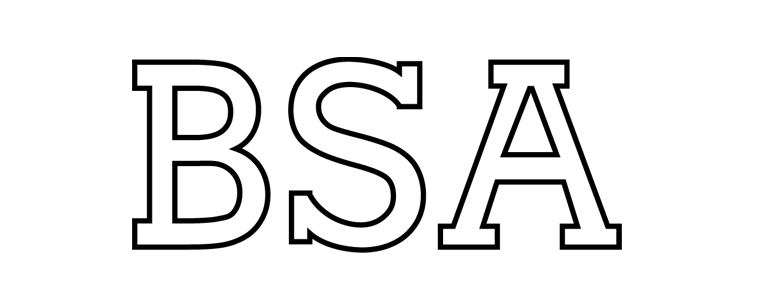 BROOKLYN STREET ART LOVES YOU MORE EVERY DAY
BROOKLYN STREET ART LOVES YOU MORE EVERY DAY